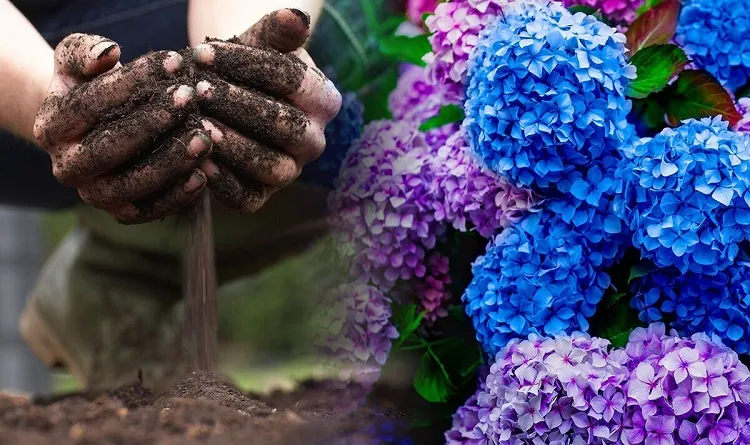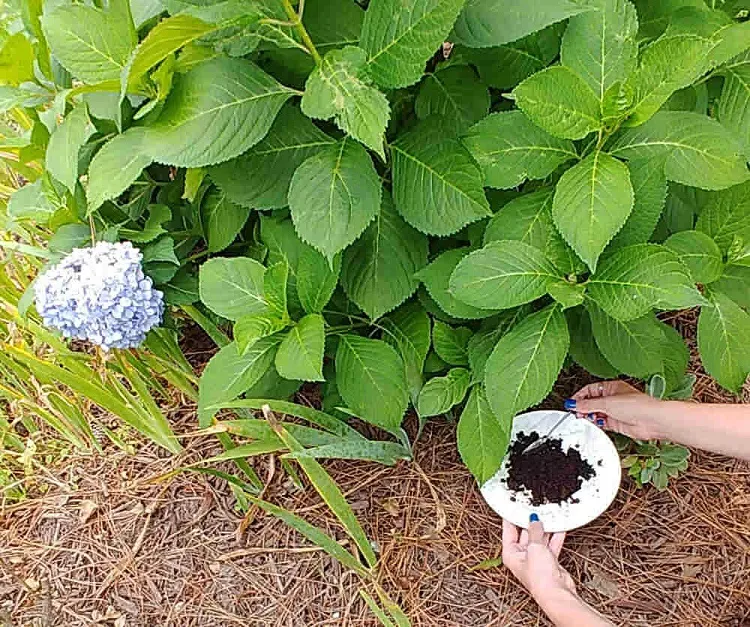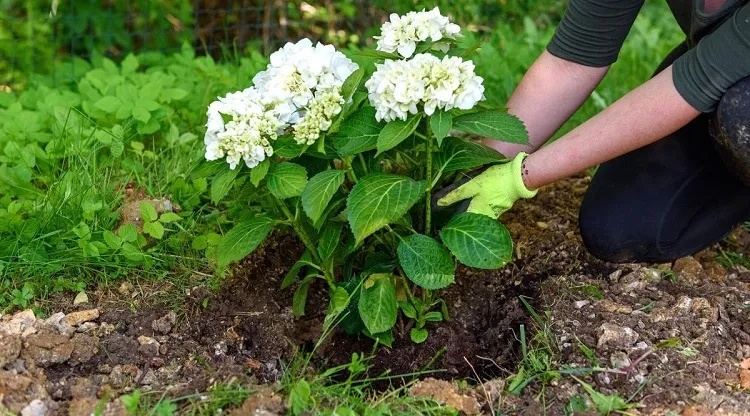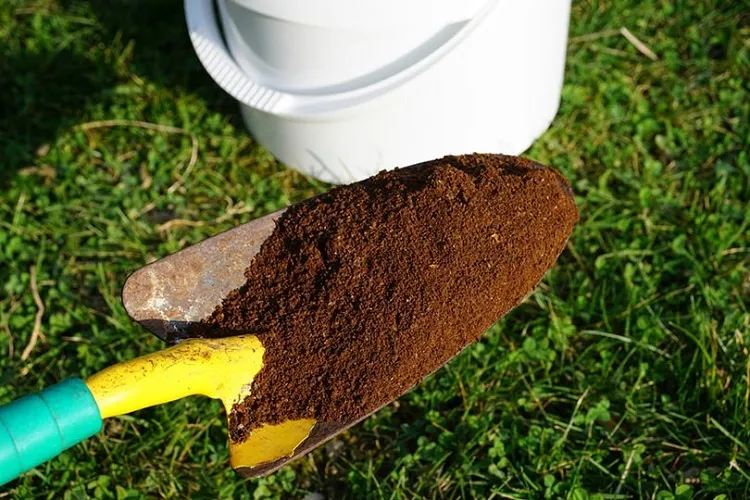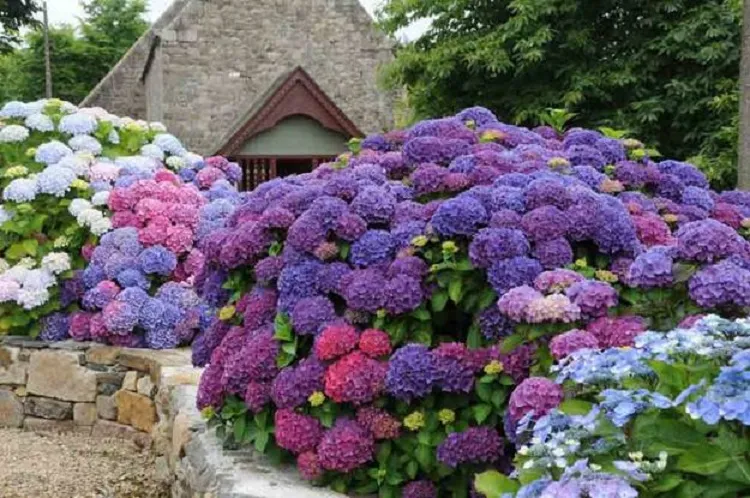Fertilizing hydrangeas with coffee grounds can be a magnificent way to boost their growth and enhance their fascination. This natural fertilizer, when used in modesty and with care, brings priceless plants food while creating the ideal soil pH for these bursting in rose and violet shrubs. How to add precisely this wonderful soil amendment, and with what kind of matter to accompany it for the best nutrition effect?
What Can You Do with Old Unused Coffee Grounds?
Coffee is not just a morning wake-up “magic” for people, it can also be a precious resource for your garden. If you don’t know what to do with old unused coffee grounds, but feel they may be beneficial, opt for using them as an eco-friendly and cost-effective nutrition for your hydrangeas. This natural stuff is rich in nutritive elements and organic matter, making it a great addition to your gardening routine.
Is Ground Coffee Good for Hydrangeas?
Hydrangeas, famous for their clusters of showy blooms, grow best in acidic soil conditions. This is where the benefits of fertilizing hydrangeas with coffee grounds may come into play. They are slightly acidic, which makes them the right soil amendment for these flowers. When utilized deliberately, this natural brown substance can be useful in maintaining the pH balance of the soil, pushing naturally the microbial activity, and increasing the food supply for your plants.
How to Use Coffee Grounds to Fertilize Hydrangeas?
Fertilizing hydrangeas with coffee grounds is an easy and time-saving process, but it needs precision in details to reach the desired results. There are some rules on how to prepare and apply this wonderful solution to achieve the best effect:
- Take the necessary supplies:
- Not used coffee grounds. Do not take ones, which have been combined with sugar, milk, cream, or artificial flavors
- Protective gardening gloves
- Watering can or a sprayer for plants
- Mulch. It is optional, and can enhance the effectiveness of the natural fertilizer
- Choose the most suitable coffee grounds: Find out ones, which are comparatively fresh and have not developed any mold. In case they are moldy, it’s best to prepare and apply them as a compost instead of utilizing them as a fertilizer.
- Decide the needed quantity. The brown natural fertilizer is so useful, nevertheless, it should be applied with modesty. The recommendation is to use no more than half a pound (227 grams) of it for one hydrangea plant. This is because you should avoid excessive acidification of the soil.
- Apply the Coffee Grounds: Follow the recommended tips to fertilize with coffee grounds. Firstly, slightly rake the soil close to the root of the plant to loosen it and prepare for better assimilation of the amendment. Then sprinkle your brown natural fertilizer evenly everywhere on the soil near the plant’s base, being cautious not to contact directly with the stem to avoid burns. If you wish to enhance the efficiency, cover the fertilized area with a thin coat of suitable mulch. This step would be helpful in order to retain soil’s damp and not allow the ground to form compact structures. At last, when you’ve finished with application of the amendment, water the plant abundantly. This last step allows the fresh fertilizer to penetrate deeply into the soil and promote the uptake of the nutritive particles by the plant’s roots.
How Often Fertilizing Hydrangeas with Coffee Grounds?
Although this rich in plant’s food coffee grounds is beneficial to hydrangeas, using it moderately is key. Utilizing it too often or in extreme doses can result in imbalances in soil acidity and nutrients content. Stick to the next guidelines for the optimal velocity of this amendment application:
- Spring and beginning of summer: Utilize the amendment once in the spring when new growth starts, and once again in the beginning of summer after the first series of blooms. This allows to nourish the plants through their active growing season.
- Repeat on every 6–8 weeks: If your garden soil is notably acidic and hydrangeas exhibit signs that the nutrients are insufficient, add the brown soil amendment every 6 to 8 weeks in the growing season. Additionally, monitor the plants for possible side effects like leaf becoming pale or a growth retardation.
- Do not apply in winter: Restrain from adding coffee grounds in late summer or fall as your hydrangeas prepare for sleeping. More acidity in the soil this time of the year can interfere the plant’s capability to enter dormancy on time.
Do not forget to check the soil’s pH and the particular needs of your flowering bushes prior to add the natural amendment into the fertilization regime. By remembering this rule, you can enjoy healthy and stunning hydrangea blooms, catching the eye when passing by your garden.
Read also: Prune Hydrangeas in the Summer: How to Trim to Let Them Bloom Till the End of the Season?

